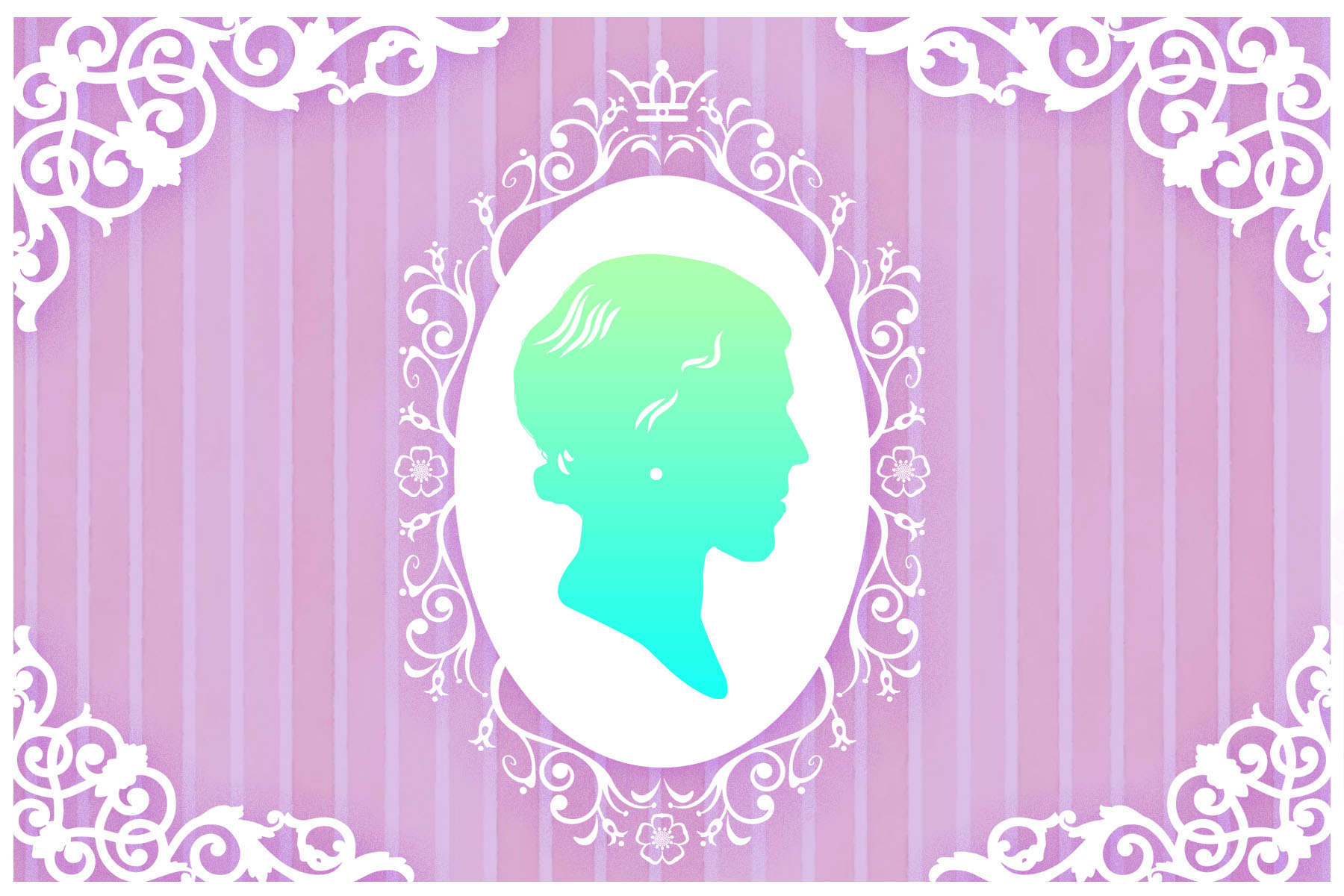Before Bridgerton: how Georgette Heyer re-invented Regency

Bridgerton may have been based on a bestselling series, but the world of corsets and courting was invented decades before by Georgette Heyer. Here's how she gained a cult following.
Ruffles, bustles, blossom from December to June: last Christmas, Bridgerton exploded onto people’s small screens and made a big splash - and it's just returned for season two. But before Shonda Rimes got her hands on Daphne and the Duke (and theirs on one another), there was another female creative force re-inventing the Regency period with aplomb: Georgette Heyer.
Chances are, you’ve either heard of Heyer – and devoured her addictive Regency Romances – or haven’t, and don’t know what you’re missing out on. Some of Heyer’s novels, including her first, The Black Moth, written while she was still in her teens, have never fallen out of print, despite being published nearly a century ago. Since her lucrative mid-century heyday, Heyer has become both something of a guilty pleasure read. But her influence is everywhere: from Barbara Cartland to Bridgerton and legions of fan fiction in between.
“She was a compulsive and compelling writer,” explains Jennifer Kloester, author of Georgette Heyer: Biography of a Bestseller. “She’s one of those rare people who truly was born to write. That was the thing that motivated her. In the 1930s, she wrote an average of two books a year.”
'Bridgerton probably wouldn't exist without her'
Heyer also wrote a huge variety of books. The daughter of an academic and a musician, Heyer was encouraged to read voraciously from childhood, and started telling stories as a teenager to entertain her ill brother. By the time she was 19, her first novel was published; by the time she was in her thirties – and had married a mining engineer – she had written 13, and a handful of short stories. Heyer published historical novels and detective fiction, she dipped into the Georgian era as much as she did her own, 20th, century.
But it was with the Regency Romances that Heyer found a genre that was truly her own: a meticulously researched recreation of the Regency period (nine short, frill-filled years between 1811 and 1820, when King George III was deemed unfit to rule and so his son, a prince regent, stepped in instead) that focussed almost entirely on the upper classes, their social lives, carriages and clothes and etiquette. If it sounds familiar, it’s because, in the words of Kloester, “Bridgerton probably wouldn't exist without her”.
Heyer, in post-War England, researched it all. She not only left behind 1,000 historical reference books when she died, but notes sorted into categories such as Beauty, Hats, Household and Prices – key for details such as how much candles would cost. She collected snuff boxes and sign posts; clipped illustrations from 19th-century magazines. All of this formed the hyperreal world in which her comedies of manners played out.
“The world she invented does not exist, lots of people liken it to a sort of science fiction world,” explains Amy Street, author of Becoming Mary - a sequel to Pride and Prejudice – and creator of the @georgettedaily Twitter account. “But she did tonnes of research and everyone since has stolen it. She basically invented the genre, really.”
But Heyer did more than world-build: the reason why her novels remain so beloved now is because she knew how to play within it. Noel Coward admired her technique; she is Joanne Harris go-to comfort author; Olivia Laing sticks Heyer’s books on her Instagram. Stephen Fry loves Heyer’s work so much he unveiled her blue plaque in 2016. Philippa Gregory, Katie Fforde and India Knight are among Heyer’s fans.
“She’s funny in all the ways you want a writer to be funny,” explains Street. “She’s funny in the dialogue – the way her characters speak to one another is hilarious; her invention of characters and her prose is brilliant. She’s incredibly skilled in writing wonderful set pieces: bringing together loads of characters to resolve some ridiculous plot moment.”
Street has been a Heyer fan since her teens, when she landed upon a copy of Frederica while in the sick bay at boarding school. Swiftly, she and her best friend became some committed “nerds” – in her words – that they could play a game in which one of them would read a Heyer line at random for the other to guess which book it came from. “We were shockingly good at this,” Street laughs.
It became the inspiration behind the @georgettedaily Twitter account, which now has more than 2,400 followers, and where Street would post a daily Heyer quote. “It was very, very popular,” she says. Then, when lockdown began last year, historian Lucie Bea Dutton set up #GeorgetteHeyerReadalong on Twitter, which encouraged followers to make their way through Heyer’s novels, three chapters at a time. To scroll through the hashtag is to see memes and quotes, stripped irreverently and entirely of their context, along with lovingly winking discussion of dowagers, levellers and characters named Fanny.
Social media has also brought Heyer out of guilty pleasure territory. This March saw the publication of a book of papers from a Heyer Conference that took place at University College London in 2018. After decades of Heyer being passed, almost ritualistically, between generations through the family bookshelves, fans have been able to celebrate their enjoyment and find one another online. “Social media has really encouraged people to come out and say, ‘I’m a proud Heyer reader’” says Kloester. “There’s also a lot of people who love modern regencies who are now beginning to discover her and realise they’ve got these fabulous books and wonderful reading experiences ahead of them.”